As the temperature drops and the freezing Wisconsin winter approaches, it's crucial to get your car ready for the months ahead. Properly winterizing your vehicle can help prevent breakdowns, ensure your safety on icy roads, and extend the life of your car. Let us do it for you by scheduling service at any of our Sleepy Hollow locations. Or if you’d like to tackle it yourself, here are 10 things you should do to prepare for whatever winter throws your way!


1. Check Your Battery
Cold weather can take a toll on your car’s battery, especially if it’s already older or weak. Low temperatures can reduce your battery's capacity, making it harder to start your vehicle. Before winter sets in, have your battery tested to ensure it's in good shape. If it's more than a few years old, consider replacing it, or at least check that the terminals are clean and free of corrosion.

2. Inspect Your Tires
Winter driving conditions demand extra attention to your tires. Make sure your tires are in good condition and have adequate tread depth to handle slippery, icy roads. Ideally, you should switch to winter tires, as they are designed with deeper treads and special rubber compounds that perform better in cold weather. If you don't have winter tires, make sure your all-season tires are properly inflated (tire pressure tends to drop in cold temperatures) and check for any signs of wear. You might also want to invest in tire chains or snow socks (fabric coverings), which can offer extra traction when driving on icy or snow-covered roads.
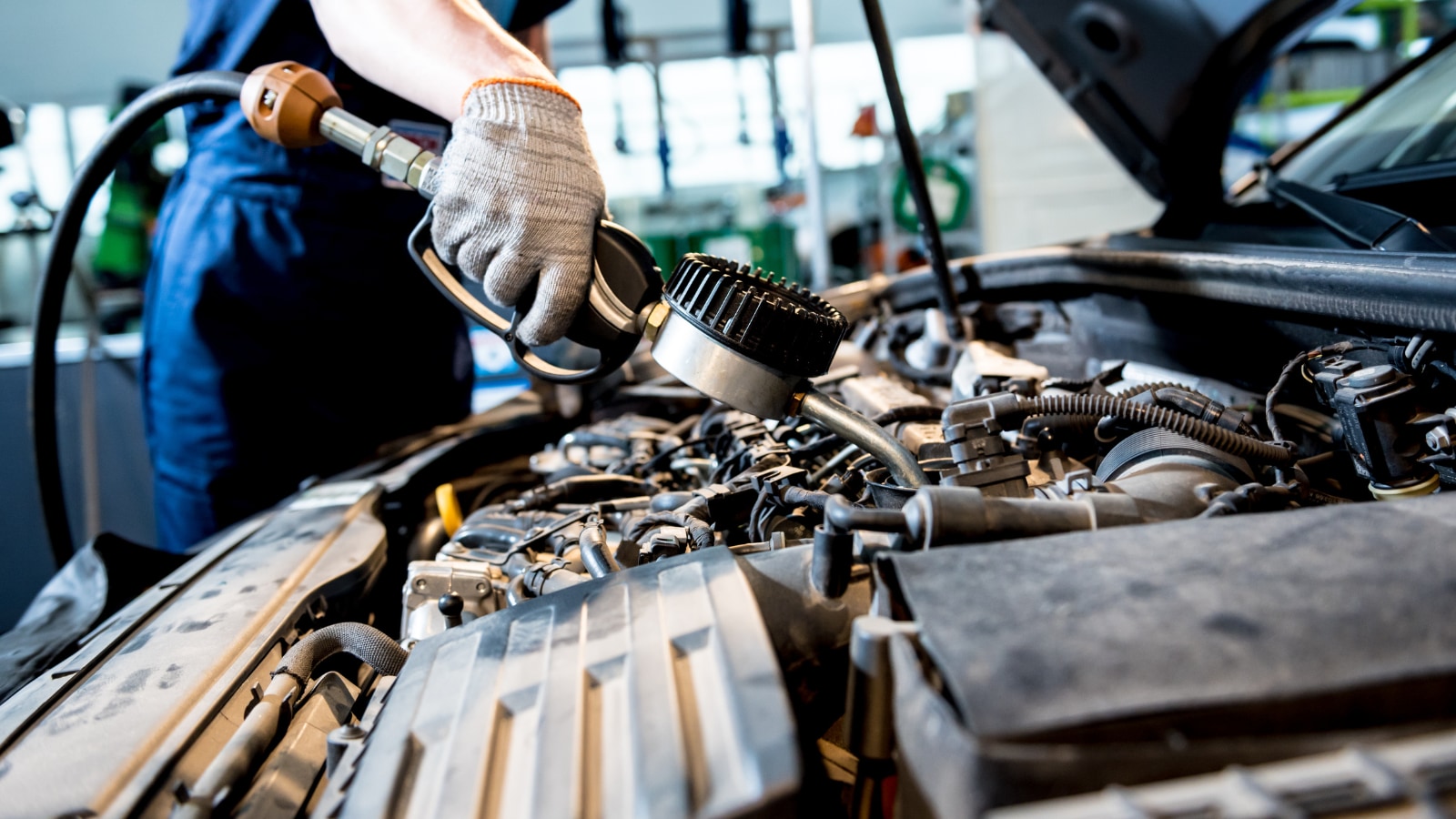
3. Change to Winter-Grade Oil
Thicker oil can make it harder for your engine to start when temperatures drop. Switching to a winter-grade oil with a lower viscosity ensures smoother engine operation during colder months. Consult your owner’s manual for the right oil type and consider getting your oil changed.
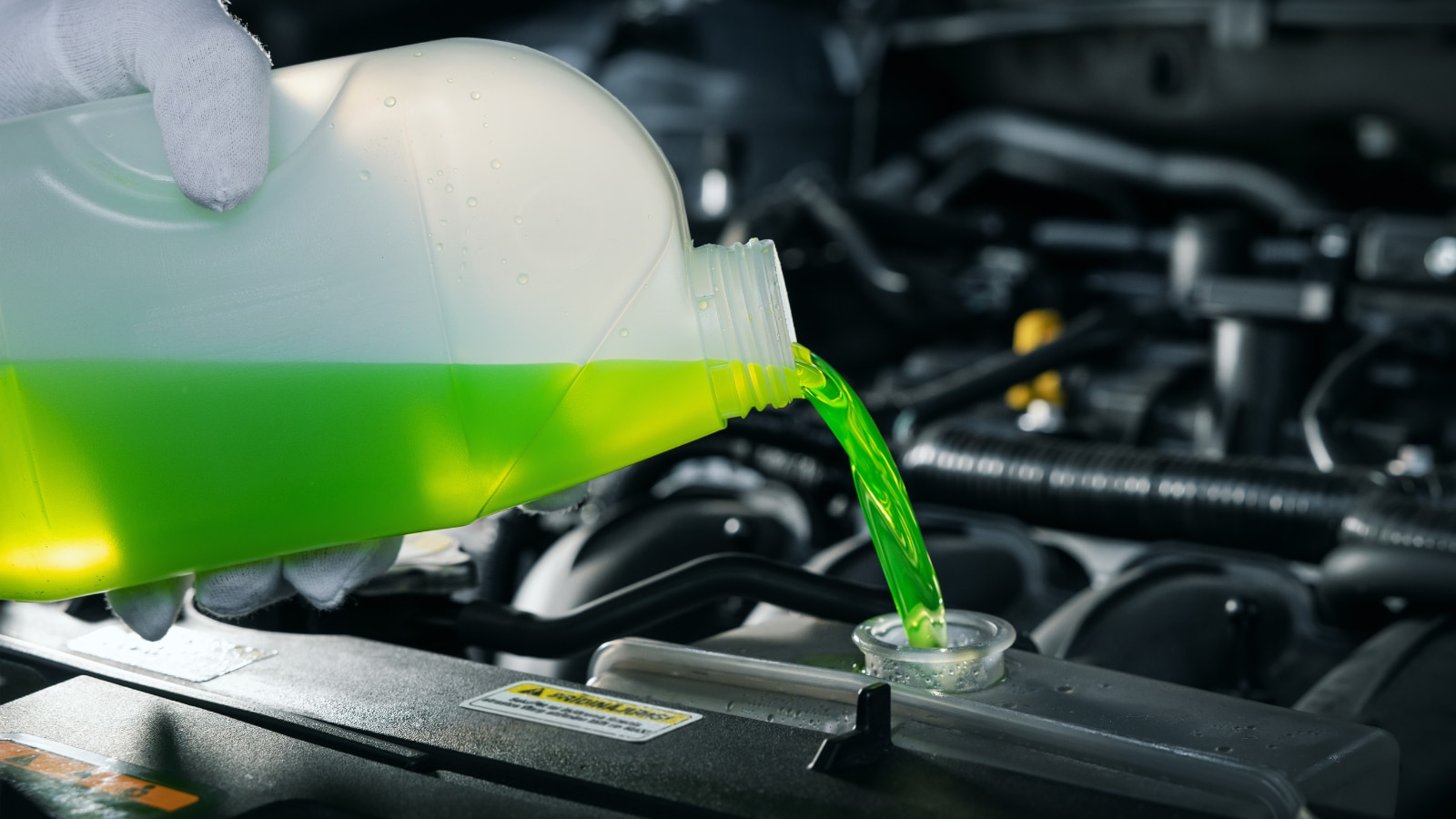
4. Check Your Coolant Levels
Coolant helps keep your engine from freezing and also prevents it from overheating. Make sure your coolant levels are topped up and consider flushing and refilling the radiator if it’s been a while since the last service. It's also a good idea to check the coolant composition to ensure it is still at the proper ratio for winter conditions—typically a 50/50 mix of antifreeze and water is ideal for colder climates.
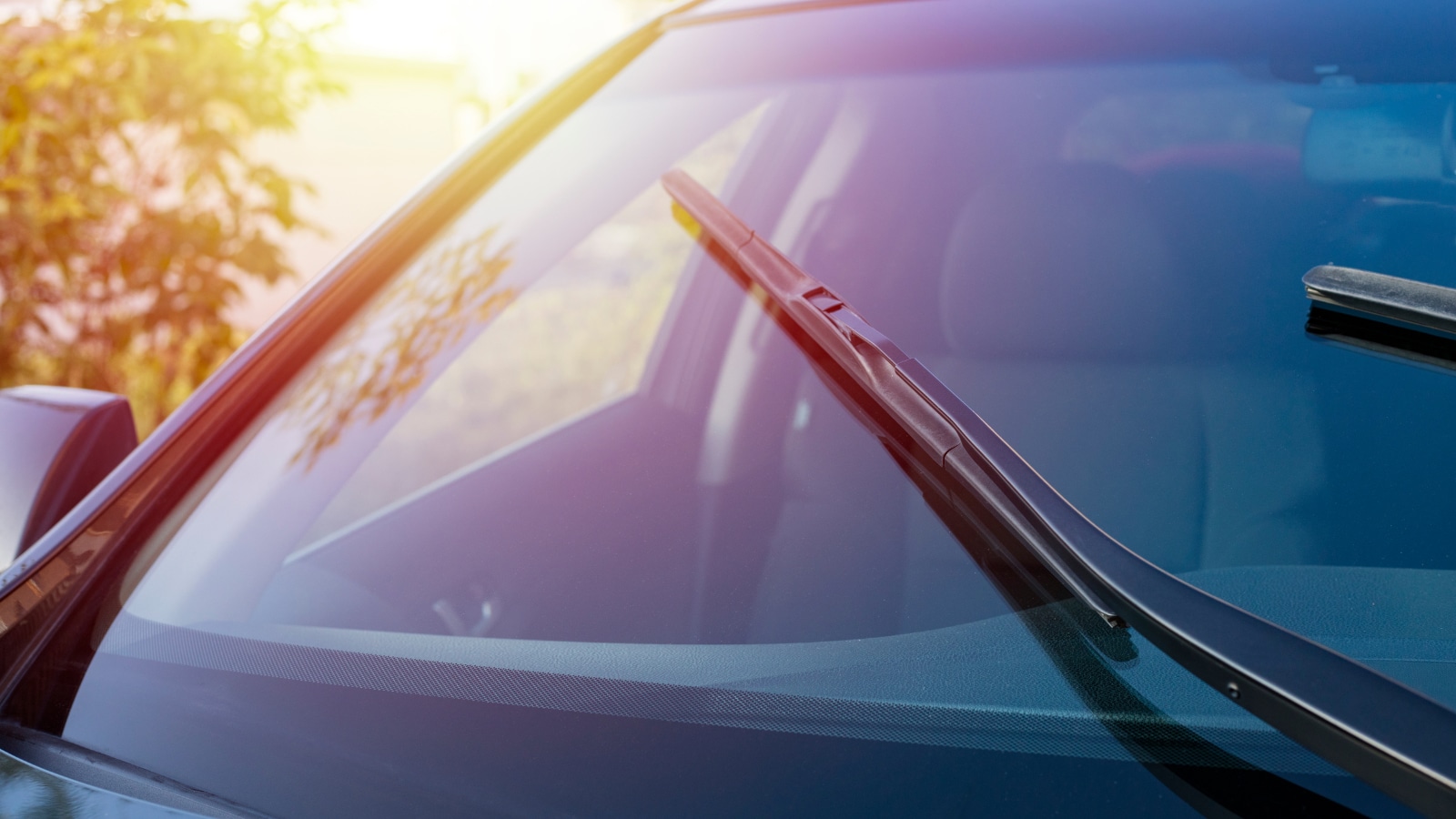
5. Inspect Your Wipers and Washer Fluid
Visibility is crucial in winter driving, and your windshield wipers and fluid should be ready to handle snow, ice, and slush. Check that your wipers are in good condition—look for any cracks, tears, or stiffness—and replace them if necessary. You should also refill your windshield washer fluid reservoir with a winter-specific fluid that won’t freeze in low temperatures.
Additionally, consider applying a water-repellent treatment to your windshield to help rain and snow slide off more easily.
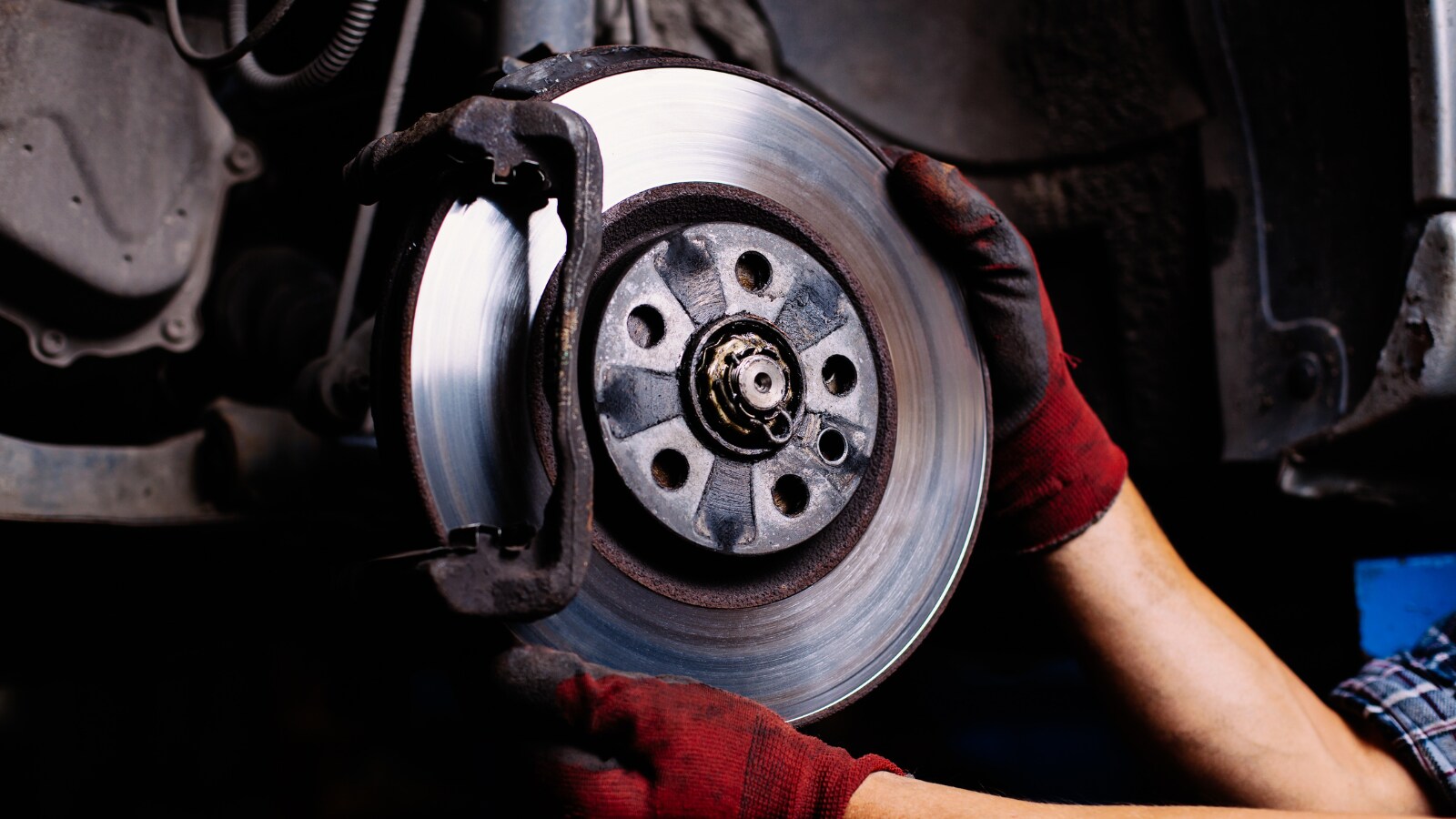
6. Prepare Your Brakes
Braking can be tricky on icy or wet roads (especially when they’re unpaved), so it’s important to ensure your brakes are in top condition. Have your brake pads and rotors inspected, as well as the brake fluid, to make sure they are functioning optimally. If you notice any squealing or grinding sounds, take your car in for service as soon as possible.
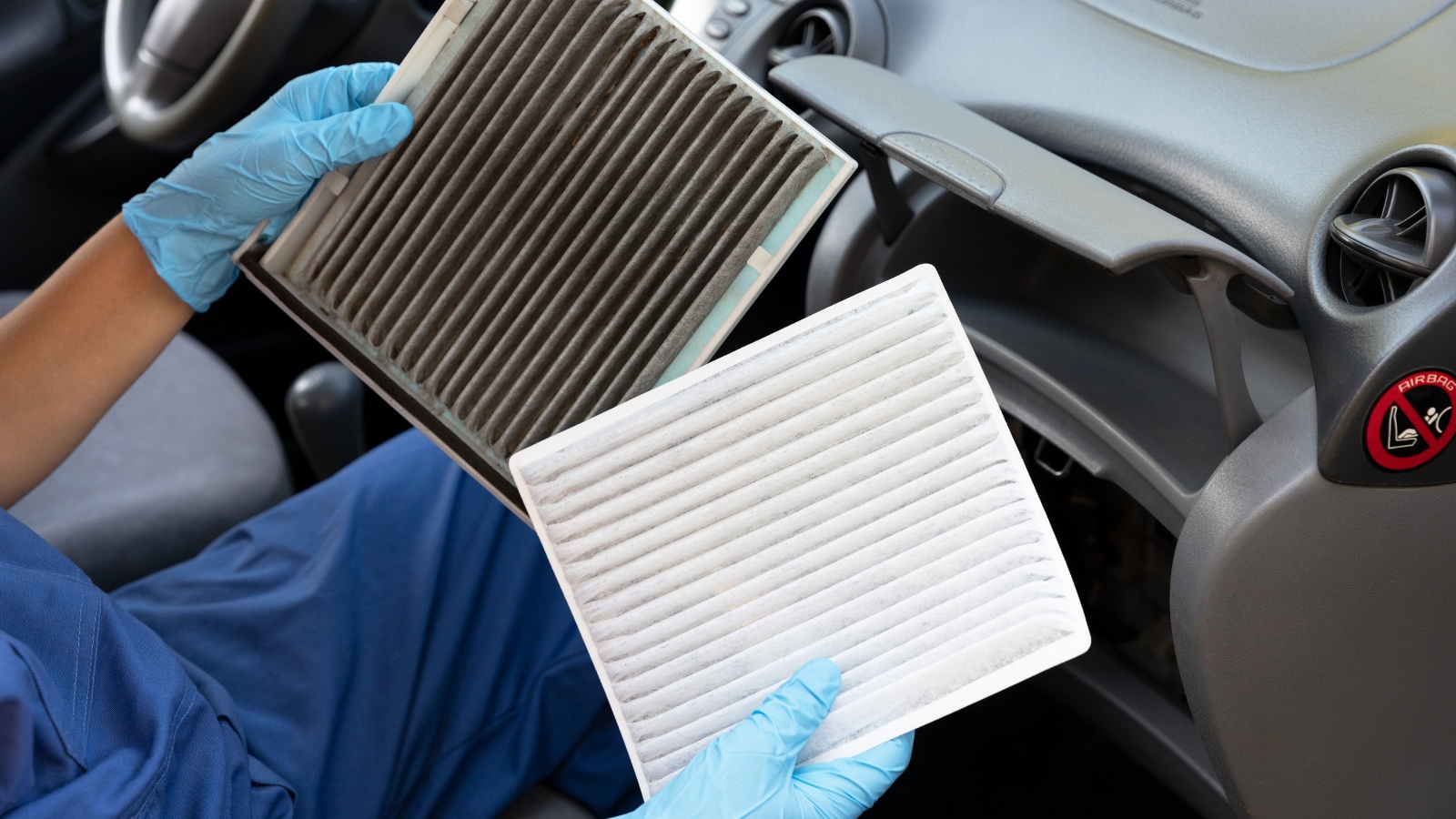
7. Replace the Cabin Air Filter
The cabin air filter helps keep the air and the HVAC system, including the defroster, inside your car clean and free of dust, pollen, and pollutants. If the filter is clogged or dirty, airflow through the system can be restricted. Replacing it before winter can help improve air quality inside the vehicle and ensure your defroster system efficiently directs airflow onto the windshield.
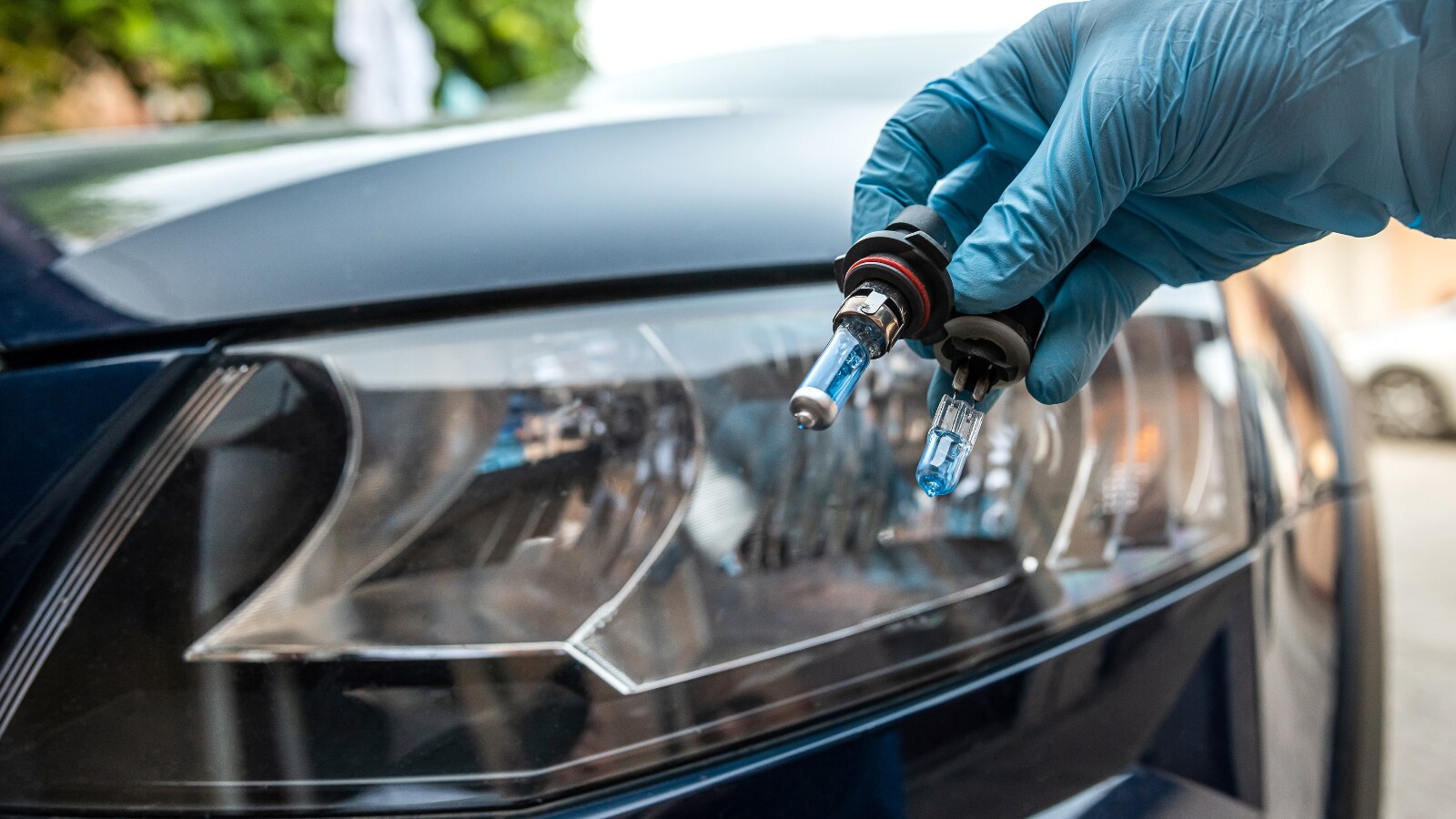
8. Check All Lights and Signals
Shorter days mean you’ll likely be driving more in the dark during the winter months. Make sure all your vehicle’s lights—headlights, taillights, brake lights, and turn signals—are working properly. Clean any dirt or grime off the lenses so your lights shine as brightly as possible. If your headlights seem dim, it might be time to replace them or polish the lenses for better visibility.
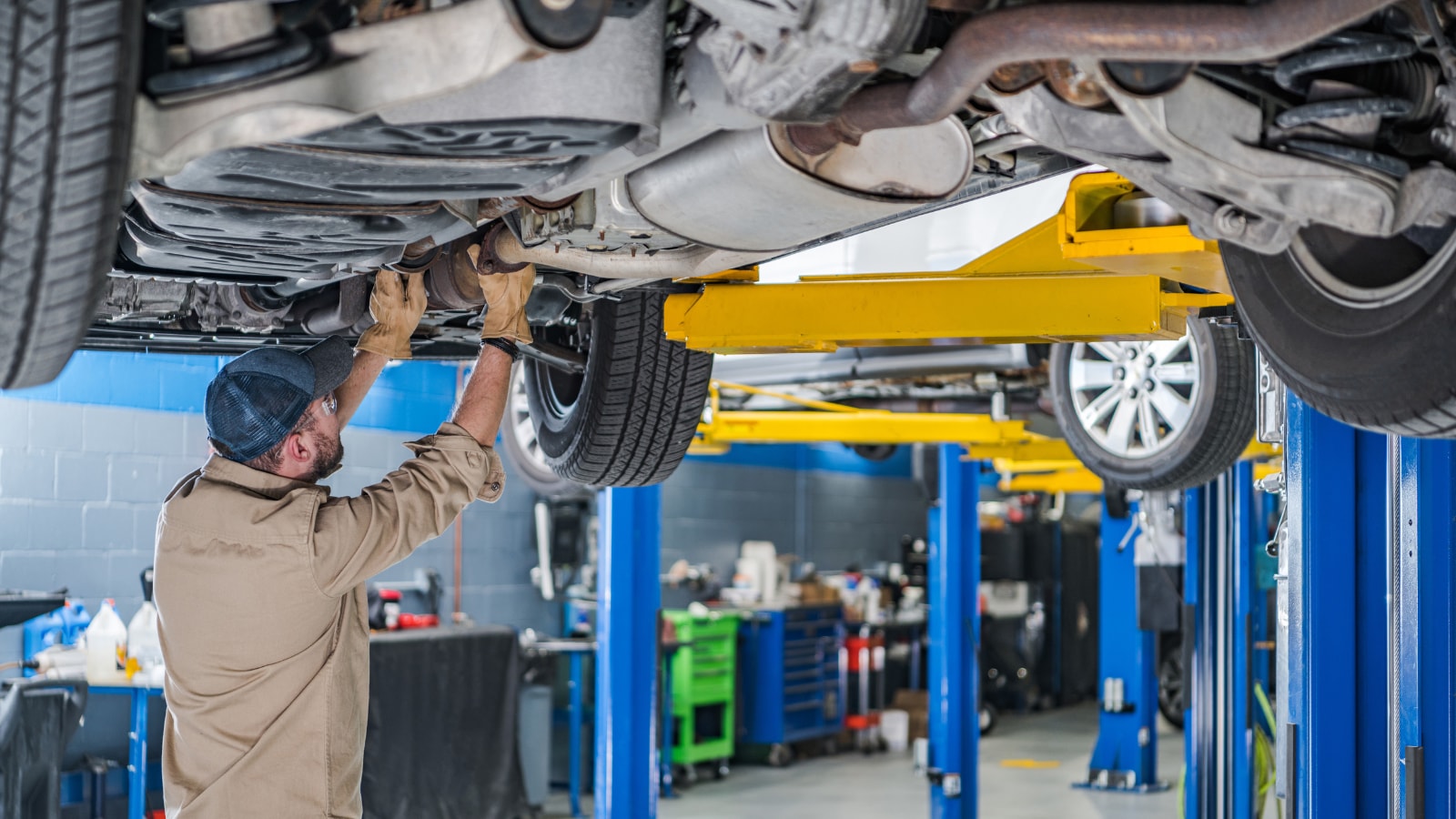
9. Check Your Exhaust System
A blocked or malfunctioning exhaust system can lead to dangerous carbon monoxide buildup inside the car, which can be especially hazardous in winter when you might be idling your car in the cold. Have your exhaust system checked for leaks or damage before the cold weather hits. If you notice any unusual smells or sounds coming from the exhaust, get it inspected by a professional.
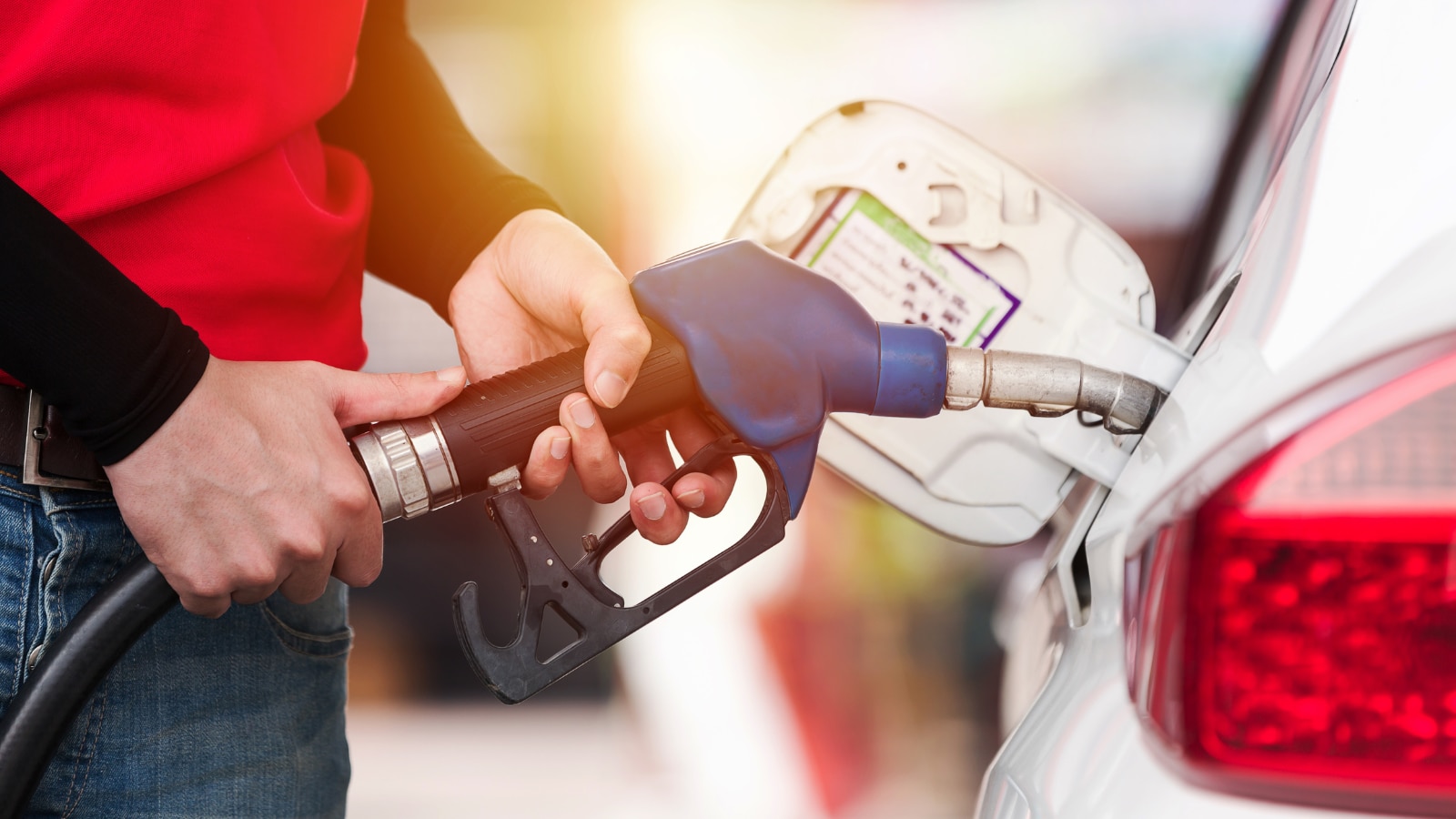
10. Keep Your Gas Tank Full
Since we regularly get temperatures below freezing, it’s a good idea to keep your gas tank at least half full. This reduces the likelihood of condensation forming in the tank, which can lead to fuel line freeze-ups. Having a full tank can also be helpful if you get stuck or need to drive for extended periods in cold conditions.
Winterizing your car might seem like a lot of work, but taking the time to properly prepare your vehicle for cold weather can save you from headaches down the road. Alternatively, you can bring your vehicle to any of our service locations in Viroqua and we’ll winterize it for you! We are committed to helping you prevent breakdowns, ensuring your safety, and keeping your car running smoothly through the toughest winter conditions. Book service now here!
Categories:
Social